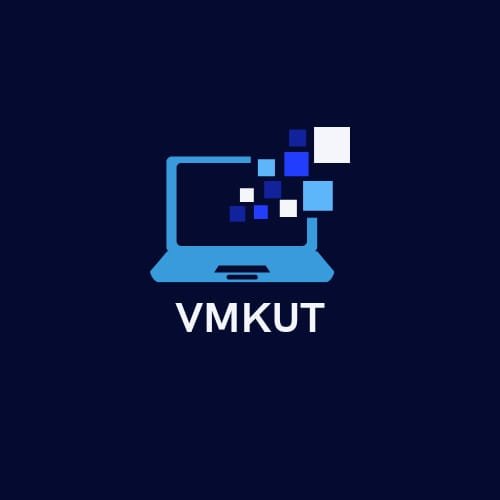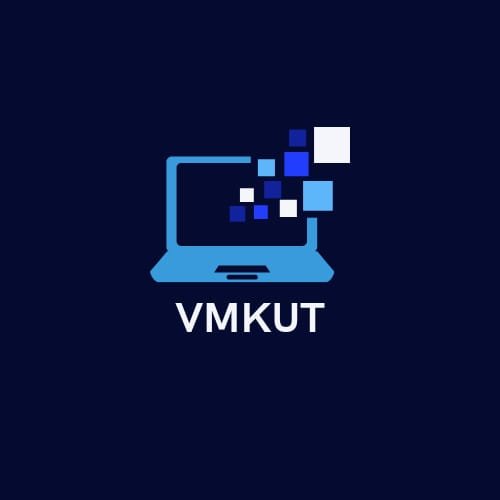MODERN COMMERCIAL PROJECT OF INDIA
E-state Nirman Nigam Commercial Project Of India
E-state Nirman Nigam commercial project typically refers to a venture undertaken by a business entity with the aim of generating profit. These projects can vary widely in scope, from launching a new product or service to expanding into new markets or optimizing existing operations. In this comprehensive explanation, we’ll delve into the various aspects of commercial projects, including their definition, key components, planning processes, execution strategies, and potential challenges E-state Nirman Nigam .

Introduction to Commercial Projects:
A commercial project is a strategic initiative undertaken by a business organization to achieve specific objectives, usually centered around financial gains. These projects are integral to the growth and success of businesses across industries, serving as vehicles for innovation, expansion, and profitability. Whether it involves developing a new product, entering a new market, or improving internal processes, commercial projects require careful planning, execution, and monitoring to ensure success.
Key Components of Commercial Projects:
Project Objectives: Every commercial project begins with clear, measurable objectives that define what the business aims to achieve. These objectives often revolve around increasing revenue, market share, or operational efficiency
Resource Allocation: Adequate resources, including finances, manpower, and technology, are essential for the successful execution of commercial projects. Effective resource allocation involves identifying needs, budgeting, and assigning responsibilities.
Timeline: Commercial projects operate within a defined timeline, with specific milestones and deadlines. Timelines help ensure that activities are completed in a timely manner and that the project stays on track.
Risk Management: Identifying and mitigating risks is crucial for the success of commercial projects. Risk management involves assessing potential threats, developing contingency plans, and monitoring risk factors throughout the project lifecycle.
Stakeholder Management: Commercial projects involve various stakeholders, including investors, customers, employees, and regulatory bodies. Effective communication and engagement with stakeholders are essential for project success.
Performance Measurement: Measuring and evaluating project performance against predefined metrics is critical for assessing progress and identifying areas for improvement. Key performance indicators (KPIs) may include financial metrics, customer satisfaction scores, and project milestones.

Planning Process:-
Project Initiation: The planning process begins with project initiation, where the business identifies opportunities or challenges that necessitate a commercial project. This phase involves conducting feasibility studies, market research, and stakeholder analysis to determine the project’s viability and alignment with organizational goal
Scope Definition: Defining the scope of the project involves outlining its objectives, deliverables, constraints, and success criteria. This phase ensures a clear understanding of what the project will entail and helps prevent scope creep during execution.
Resource Planning: Resource planning involves determining the human, financial, and material resources required for the project. This includes budgeting, staffing, procuring equipment, and establishing partnerships or collaborations as needed.
Schedule Development: Developing a project schedule involves creating a timeline that outlines the sequence of activities, dependencies, and milestones. This phase helps allocate resources efficiently and sets expectations for project duration and completion.
Risk Management Planning: Risk management planning entails identifying potential risks, assessing their likelihood and impact, and developing strategies to mitigate or respond to them. This proactive approach helps minimize disruptions and ensures project resilience.
Communication Plan: Establishing a communication plan is essential for keeping stakeholders informed and engaged throughout the project lifecycle. This plan outlines channels, frequency, and content of communication to ensure transparency and collaboration.

Execution Strategies:-
Project Leadership: Effective project leadership is crucial for guiding teams, making decisions, and overcoming obstacles during project execution. Project managers play a key role in ensuring alignment with organizational goals, managing resources, and fostering a collaborative work environment.
Team Collaboration: Collaboration among project team members is essential for achieving project objectives efficiently. This involves clear communication, delegation of tasks, and regular progress updates to ensure everyone is aligned and motivated.
Adaptability: Commercial projects often encounter unforeseen challenges or changes in market conditions. Maintaining flexibility and adaptability allows teams to adjust course as needed while remaining focused on achieving project goals.
Quality Control: Ensuring quality throughout the project lifecycle is essential for meeting customer expectations and minimizing rework or defects. Quality control measures may include testing, inspections, and adherence to industry standards or regulations.
Monitoring and Reporting: Continuous monitoring of project performance against established metrics enables timely decision-making and course correction. Regular progress reports and status updates keep stakeholders informed and engaged, fostering accountability and transparency.

Challenges and Mitigation Strategies:-
Resource Constraints: Limited resources, whether financial, human, or technological, can pose challenges during project execution. Mitigation strategies may include prioritizing tasks, seeking alternative funding sources, or outsourcing non-core activities.
Scope Creep: Scope creep refers to the tendency for project scope to expand beyond initial expectations, leading to delays and increased costs. Clear scope definition, frequent communication with stakeholders, and change management processes can help mitigate this risk.
Risk Uncertainty: Uncertainty surrounding market conditions, regulatory changes, or technological disruptions can impact project outcomes. Conducting thorough risk assessments, scenario planning, and building flexibility into project plans can help mitigate these risks.
Stakeholder Management: Conflicting interests or lack of stakeholder engagement can hinder project progress. Building strong relationships with stakeholders, managing expectations, and addressing concerns proactively can help mitigate conflicts and ensure project support.
Change Management: Resistance to change within the organization can impede project implementation. Effective change management strategies, including communication, training, and stakeholder involvement, can help mitigate resistance and facilitate smooth transitions E-state Nirman Nigam.
Conclusion:
E-state Nirman Nigam commercial projects are essential for driving growth, innovation, and competitiveness in today’s dynamic business environment. By defining clear objectives, allocating resources effectively, and employing robust planning and execution strategies, businesses can increase their chances of success and achieve sustainable results. However, navigating challenges such as resource constraints, scope creep, and stakeholder management requires proactive risk management and adaptability. Ultimately, successful commercial projects are characterized by strong leadership, effective collaboration, and a commitment to delivering value to stakeholders
About This Artical Is Also Available on The Following Most Reputed International Sites You May Go And Get Knowledge About This Notification:-
As per organisational News by https://chachchhu.in/

As per organisational News by https://pichhle.in/

As per blog https://gittee.in/

As per organisational News by https://felio.in/

As per organisational News by https://khamine.in/
As Per Opinion Artical by https://takhiya.in/
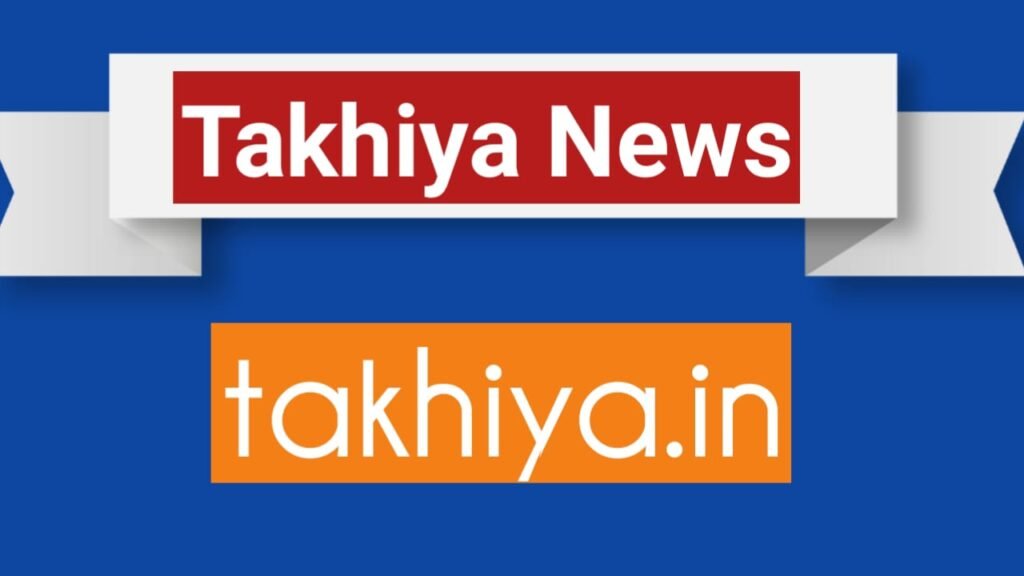
As A View Of https://emiror.in/
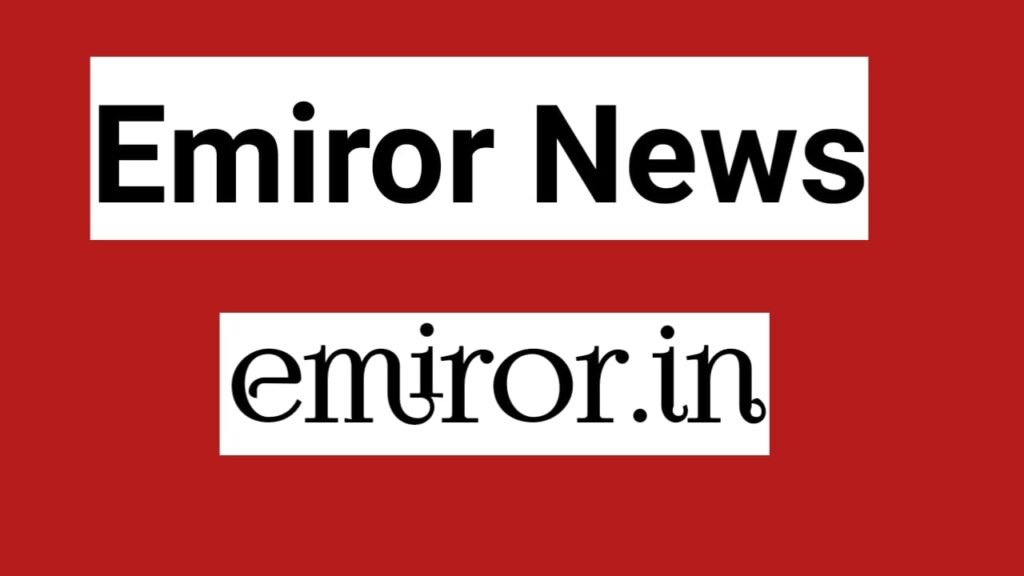
As Per Opinion Artical by https://vijaygpoliticalthinker.in/
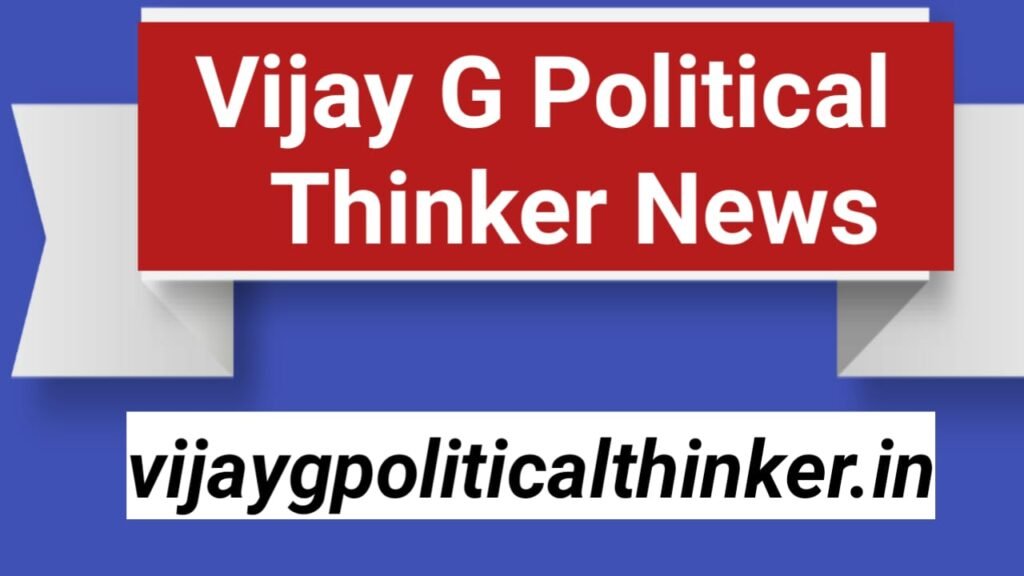
As per organisational News by https://tumhara.in/

As Per review by https://fokal.in/

As per organisational News by https://funsi.in/

As Per Opinion of https://lungii.in/




